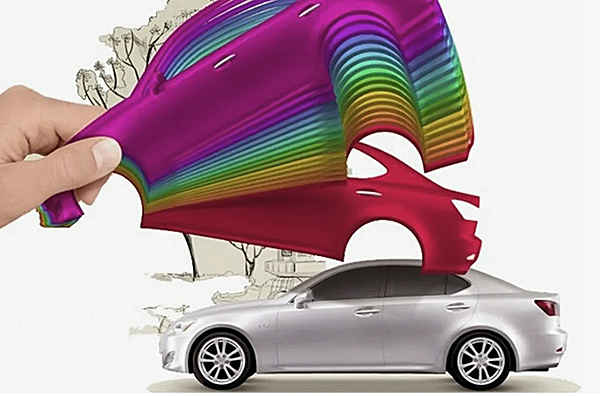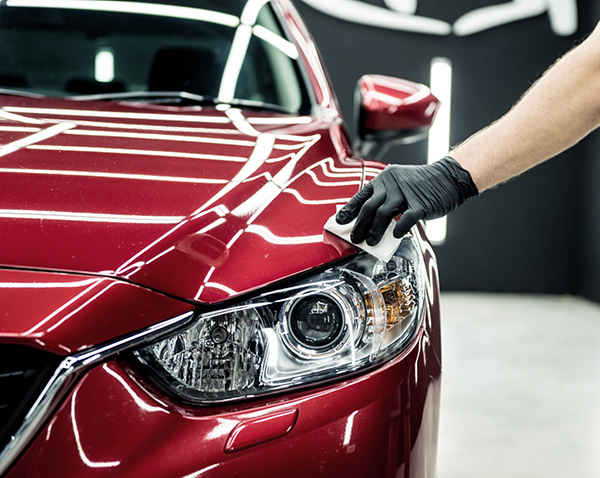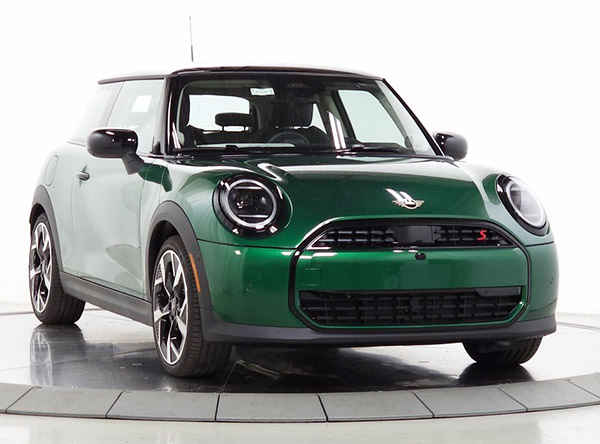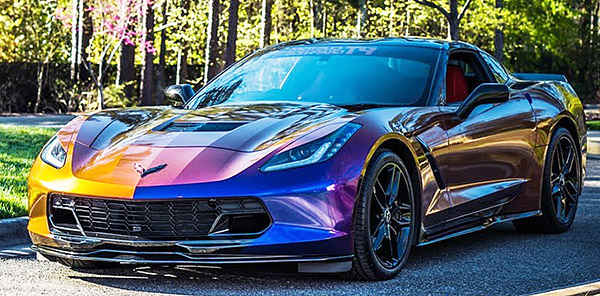What color car should I get?
Best Car Colors for Practicality, Style, and Maintenance…

Silver
Practicality:
Silver is a top choice for its ability to conceal dust, dirt, and minor scratches. This means fewer trips to the car wash and less frequent paint touch-ups, making it a highly practical option, especially in regions with unpredictable weather.
Examples: Many luxury brands like Mercedes-Benz, Audi, and Lexus offer silver as a default color for sedans, SUVs, and sports cars, emphasizing the sophistication and elegance it brings to these models.

Interesting Fact:
Silver has maintained its place among the top three global car color choices for over a decade, largely due to its balance of durability, low maintenance, and sleek aesthetic.
White
Practicality:
White cars have superior heat-reflecting qualities, keeping the interior cooler during hot summers, which is especially beneficial in states like California, Arizona, or Texas where the sun is strong. This leads to reduced use of air conditioning, contributing to better fuel efficiency.
Examples: SUVs like the Toyota RAV4 or Ford Explorer, and sports models – example: the Chevrolet Corvette, frequently offer white as a primary color choice because it pairs well with both rugged and sleek designs.

Interesting Fact:
White has become one of the most favored colors for fleet vehicles, including police cars, government vehicles, and taxis, due to its association with cleanliness, professionalism, and visibility.
Gray
Practicality:
Like silver, gray is excellent for hiding dirt and small imperfections, making it a practical choice for daily drivers. Additionally, it’s considered a neutral color that appeals to a wide audience, which can improve the resale value of your vehicle.
Examples: Models like the Honda Accord, Ford Mustang, and Tesla Model 3 often come in various shades of gray, ranging from light metallic to darker, more dramatic tones.

Interesting Fact:
Gray has seen a rise in popularity, particularly in the mid-2010s, as it offers a modern, understated look that suits both urban environments and rural settings.
Blue
Practicality:
While not as common as silver or white, blue offers a unique aesthetic without sacrificing practicality. Medium and darker shades of blue hide dirt better than lighter shades, and the color is less prone to showing swirl marks or paint imperfections.
Examples: Blue is frequently offered on sporty models like the Ford Mustang, Subaru WRX, or luxury brands like BMW. It’s often chosen by those who want a color that stands out without being too bold.

Interesting Fact:
Blue has been associated with calm and trustworthiness, making it a popular choice for drivers who want to convey a sense of reliability.
Colors to Approach with Caution

- Black
Heat Absorption: Black absorbs more heat from the sun, causing the car’s interior to heat up quickly, especially in warm climates. This results in higher air conditioning usage, which can reduce fuel efficiency. States like Florida and Nevada, with intense summer heat, may make black cars less comfortable choices.
Visibility: Black cars can be harder to spot in low-light conditions, increasing the risk of accidents during nighttime driving or in foggy weather. This may also result in higher insurance premiums in certain areas.
Maintenance: Black shows dust, dirt, and water spots more easily than lighter colors. Any scratches or imperfections in the paint are more visible, which means frequent washing and professional detailing may be required to maintain a flawless appearance.

- White
Maintenance: White cars, while easier to clean than black, show road grime, mud, and tar marks more visibly. Regular washing is necessary, especially during the winter months when salt and sludge from the roads can accumulate.
Resale Value: Although white is a popular color, it can sometimes affect resale value in markets where neutral or darker colors are preferred. Some buyers may consider white to be too common, reducing its appeal in certain regions.
Commonality: White’s popularity means your car is more likely to blend in with others on the road. This lack of uniqueness might be a downside for those wanting their vehicle to stand out.
Other Considerations: Red, Green, and Exotic Colors

- Red:
Red cars often reflect passion and excitement, and they’re popular among sports car enthusiasts. However, red can sometimes result in higher insurance premiums, as some data suggests these cars are involved in more accidents or attract more attention on the road.

- Green:
Green is a less common color, but for those who choose it, it’s often associated with nature and eco-friendliness. That said, its rarity might impact resale value, making it harder to find buyers down the line.

- Exotic Colors (Yellow, Orange, Purple):
These colors are typically chosen for sports cars or specialty vehicles. While they can make your car stand out, they also tend to have limited appeal when it comes time to sell, reducing resale value.
News and Trends: What’s Changing in the Car Color World?

Rise of Customization:
Automakers like Tesla and BMW are offering more customization options, allowing buyers to select unique, personalized colors for an extra fee. This trend is becoming popular among those who want to stand out on the road and are willing to pay a premium for exclusive shades.
Eco-Friendly Paints:
Companies are investing in more environmentally-friendly paint technologies. These new paints emit fewer volatile organic compounds (VOCs) during production and application, contributing to greener manufacturing practices. Automakers like Toyota and Volkswagen are leading this trend by adopting water-based paints.
Emerging Color Trends:
Data from major paint suppliers like PPG and BASF suggests that bolder colors like turquoise, electric blue, and even matte finishes are gaining traction. These colors reflect a shift towards individuality and creativity in car design, moving away from the traditional monochrome palette.
Advanced Paint Technologies:
There’s a growing trend toward self-healing paint, which can repair minor scratches or swirl marks when exposed to heat. Nissan and Lexus are at the forefront of developing this type of technology, which could revolutionize car maintenance in the near future.
Choosing the right car color involves balancing personal preference with practicality, resale value, and maintenance requirements. Silver, white, gray, and blue are among the most practical choices, but it’s important to consider factors like your climate, lifestyle, and how much time you’re willing to spend maintaining your vehicle’s appearance. Keep an eye on emerging trends, as car colors are evolving to become more unique and eco-friendly.












